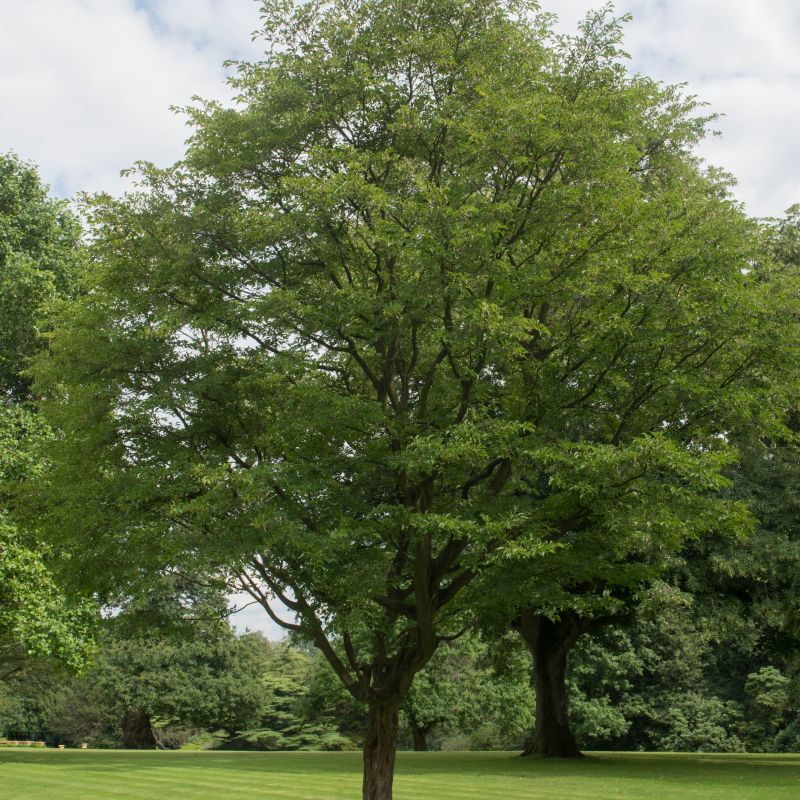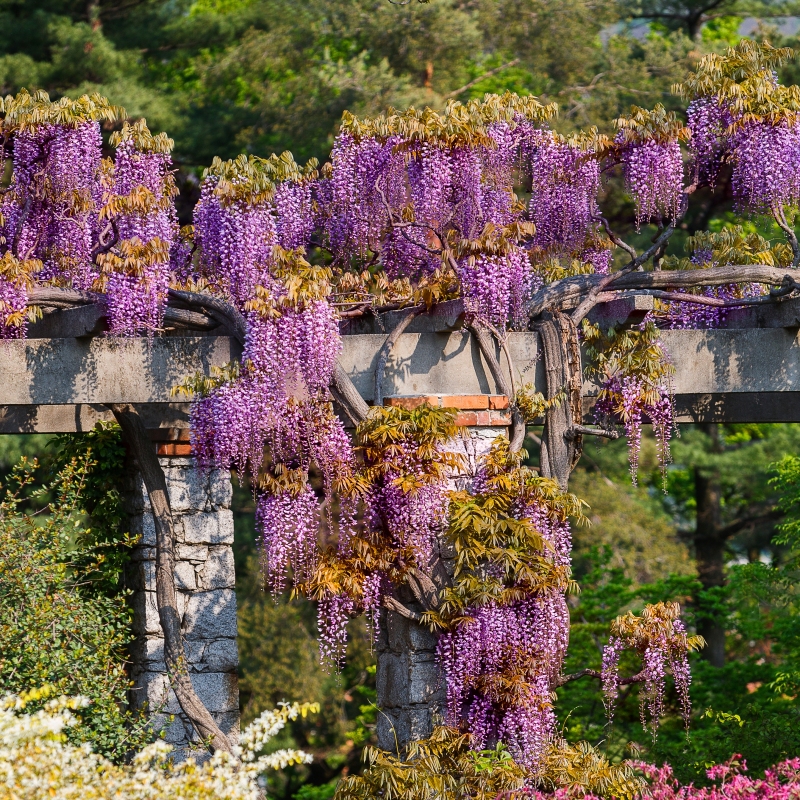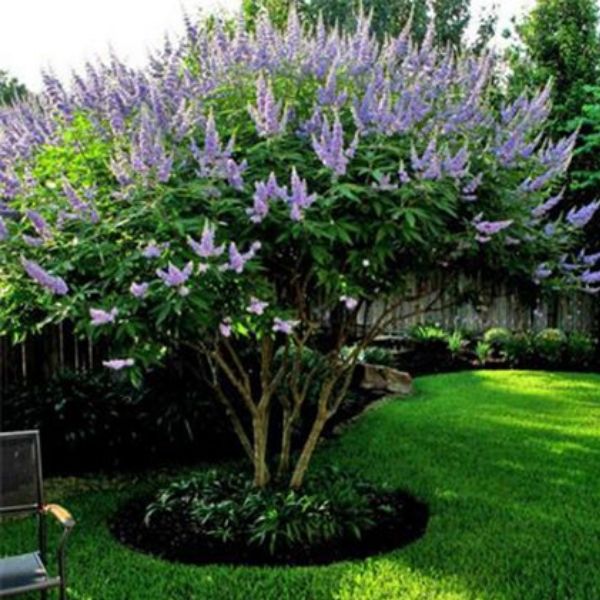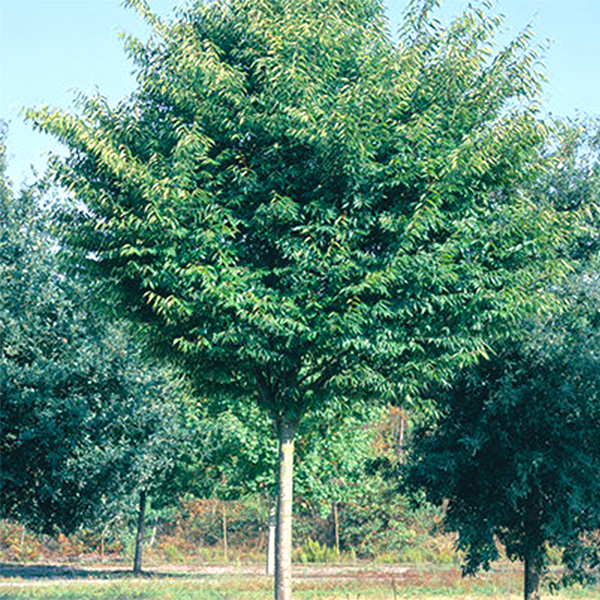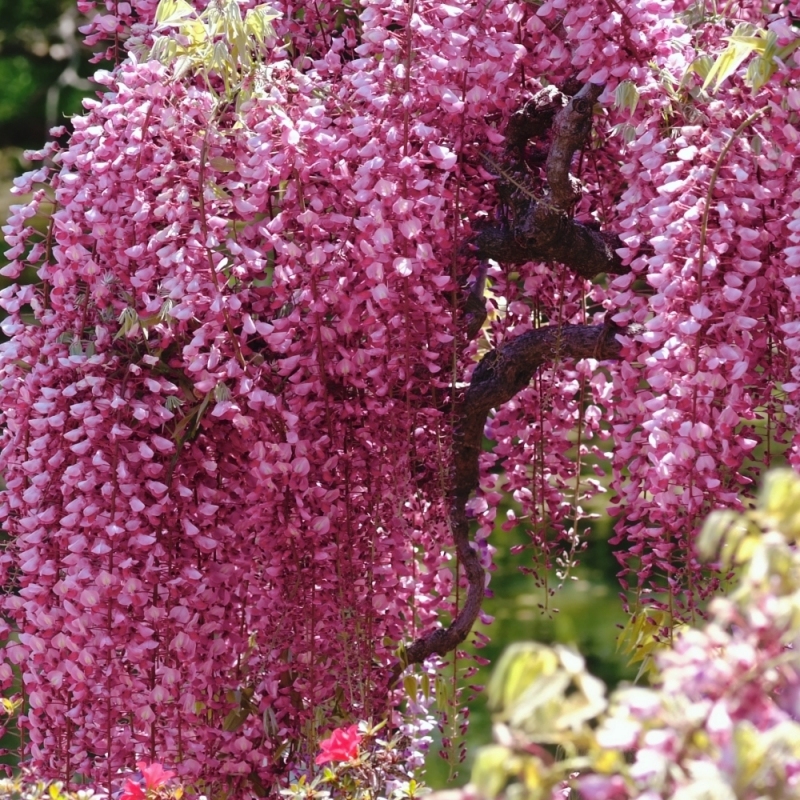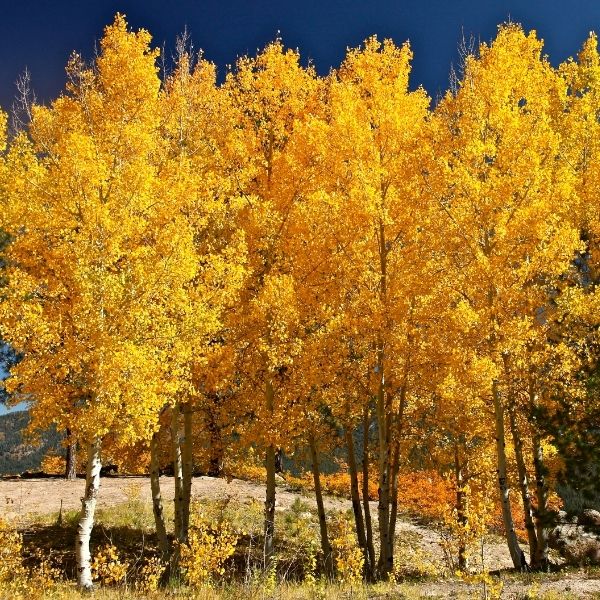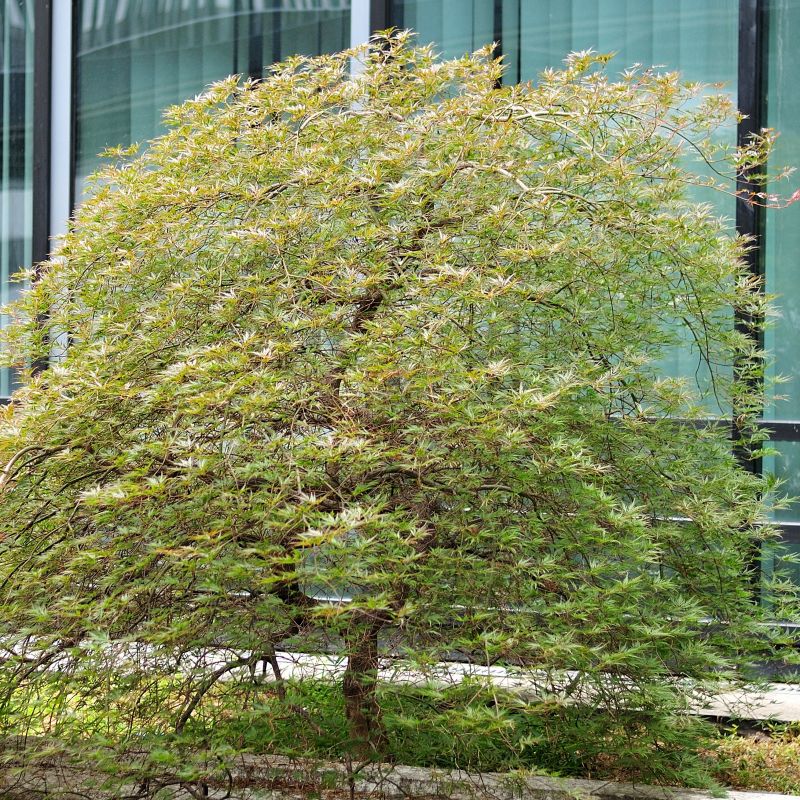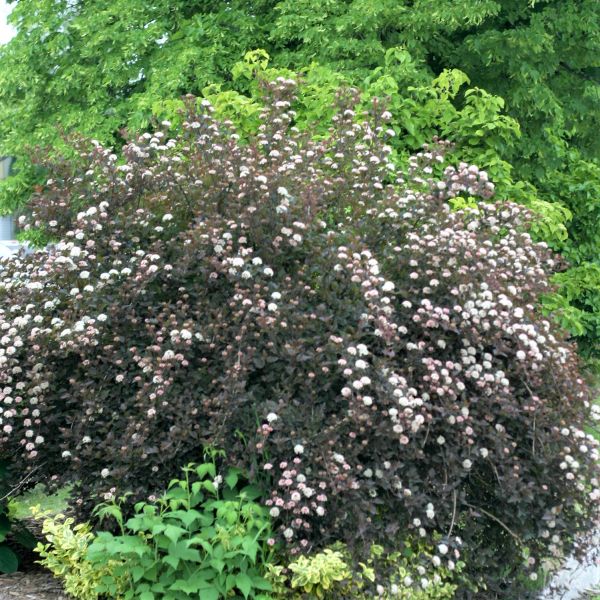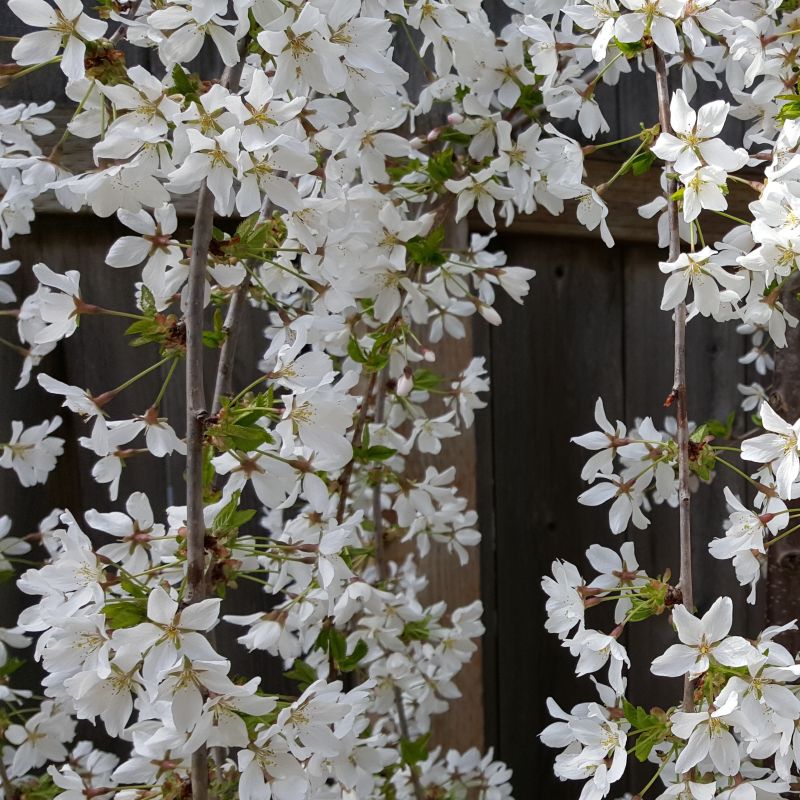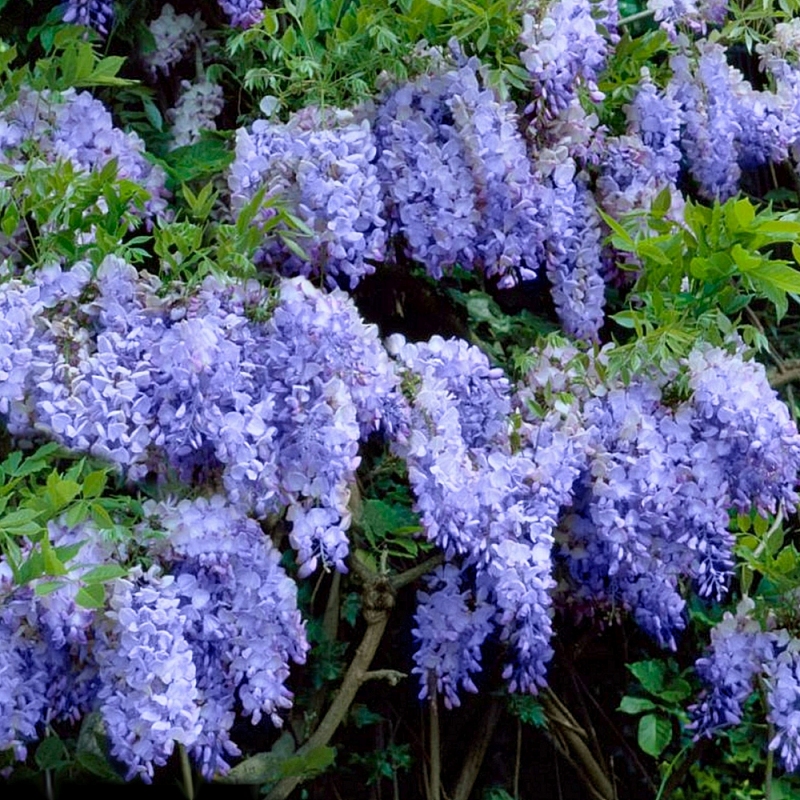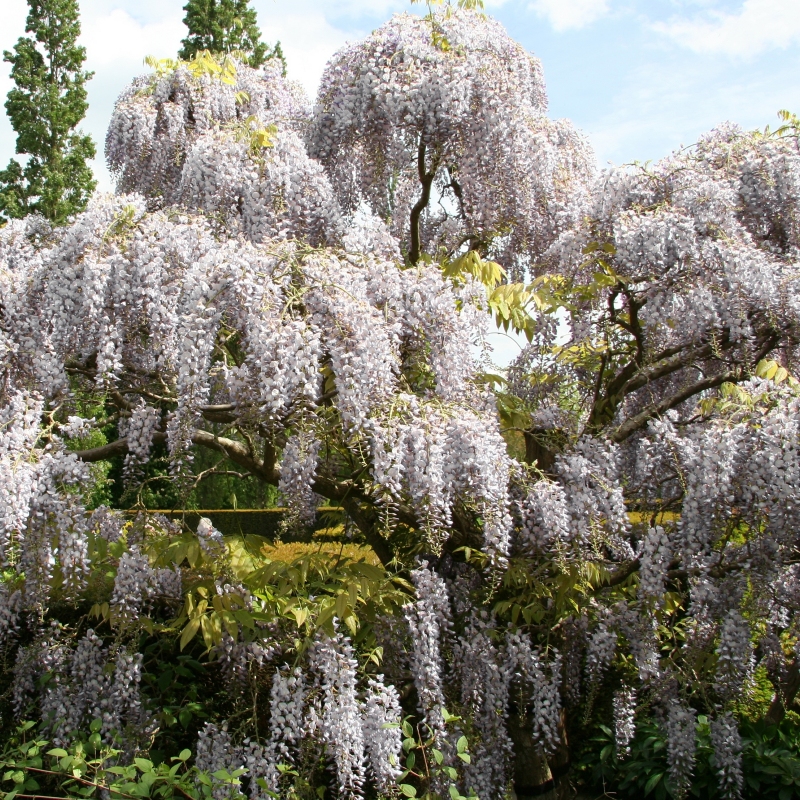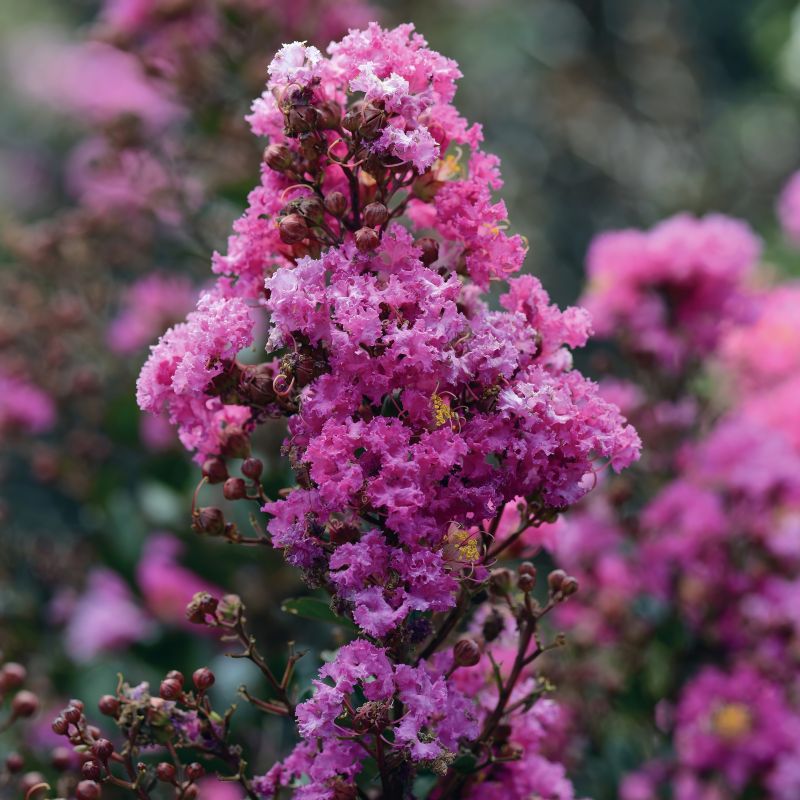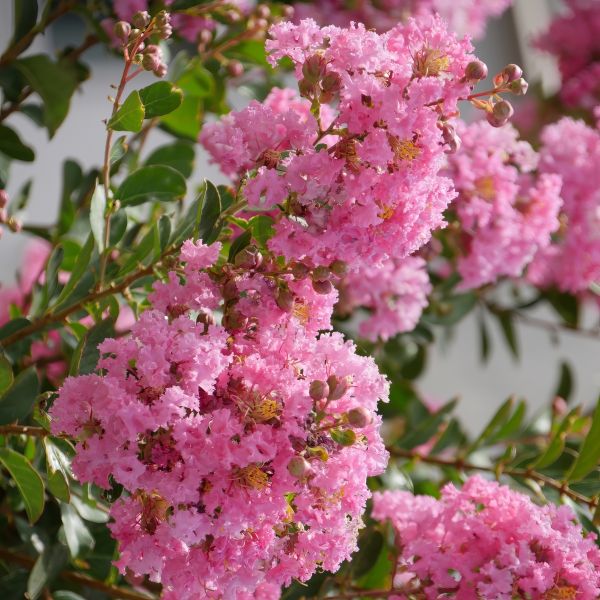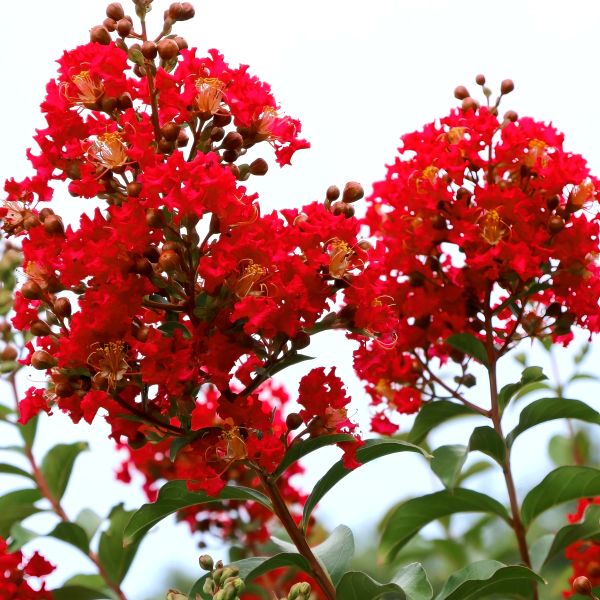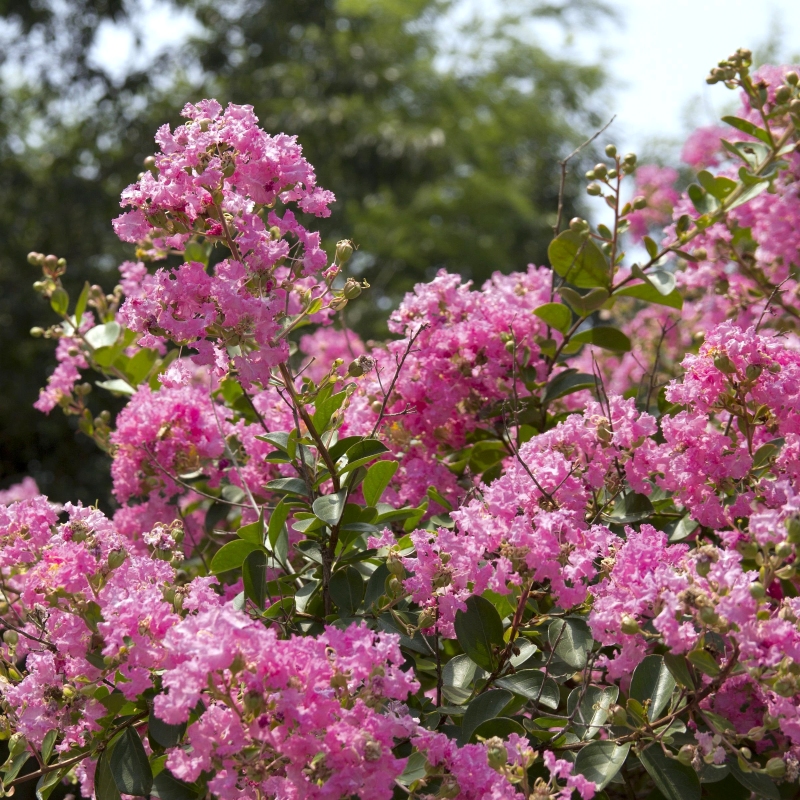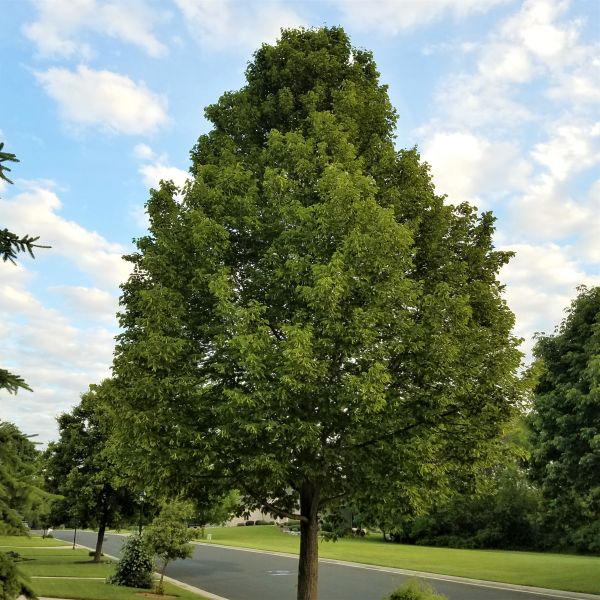
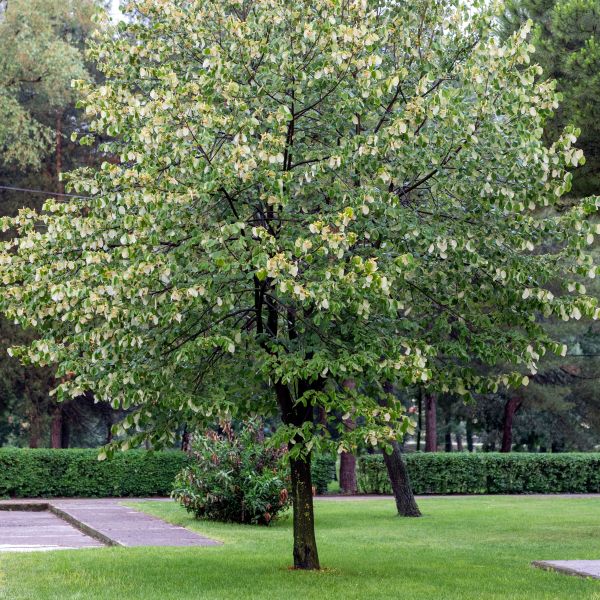
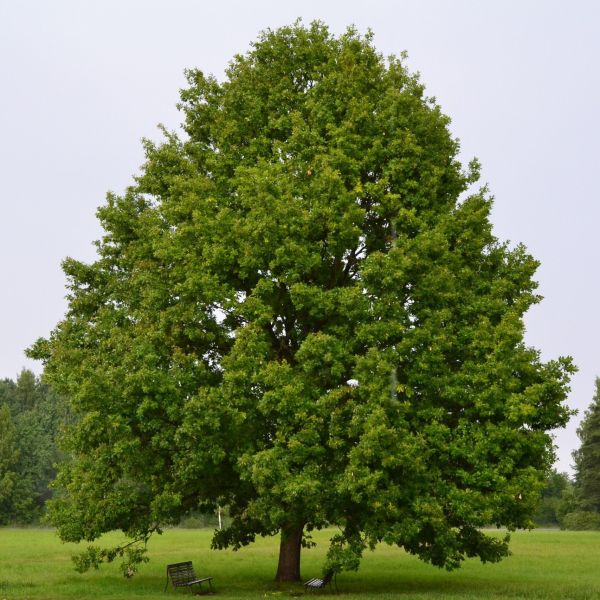
American Sentry Linden
Tilia americana 'McKSentry'
18 reviews
American Sentry Linden
Tilia americana 'McKSentry'
18 reviews
- Resistant to deer browsing
- Tolerant of wet soils
- Attractive, pyramid-shaped canopy
$161.00
$231.00
30% Off
- Ships to 43215 in 3 to 7 days
- Free Shipping
- Plant Arrival Guarantee
- In Stock
- Free Plant Consult
$200
2.5 Gallon 5-6 Feet
Why American Sentry Linden?
American Sentry Linden, or Tilia americana 'McKSentry', is a popular cultivar of the American Linden tree. It is known for its tall, symmetrical growth, with a dense crown of glossy green leaves and fragrant clusters of yellow-white flowers. It is a hardy tree that can thrive in a variety of soil types and tolerates urban pollution well. It is often planted as a shade tree in parks, public spaces, and residential landscaping.
People who loved this plant also bought
Sunlight
American Sentry Linden trees require full sun to thrive. They should be planted in an area that receives at least 6-8 hours of direct sunlight each day for optimal growth and health.
Watering
American Sentry Linden trees typically have moderate watering requirements. They prefer moist, well-drained soil and should be watered deeply but infrequently, allowing the soil to dry out slightly between waterings. Overwatering should be avoided to preve
Fertilizing
The fertilizer requirement for American Sentry Linden would typically be a balanced, slow-release fertilizer with a ratio of nitrogen, phosphorus, and potassium such as 10-10-10 or 14-14-14.
Introducing the American Sentry Linden, a tree that effortlessly combines beauty, resilience, and numerous advantages.
The American Sentry Linden boasts a dense, pyramidal shape that adds a touch of elegance to any outdoor space.
Its glossy, dark green leaves provide a lush backdrop throughout the year, while its fragrant yellow flowers fill the air with a delightful aroma in the summer months.
This remarkable tree reaches a mature height of 50 to 70 feet, making it a perfect choice for medium to large gardens, parks, or even urban landscapes.
Its upright growth habit ensures it can fit comfortably in various settings, without taking up excessive space.
Thriving in full sun to partial shade, the American Sentry Linden prefers well-drained soil and regular watering to promote healthy growth.
Maintenance is stress-free with the American Sentry Linden. Its strong, sturdy branches require minimal pruning, allowing you to enjoy its natural form and beauty without constant upkeep.
In addition to its aesthetic appeal, the American Sentry Linden offers numerous benefits to the environment. Its dense canopy provides ample shade, reducing cooling costs during hot summers.
Don't miss the opportunity to elevate your landscape with the American Sentry Linden.
Its stunning appearance, resilient nature, and environmental advantages make it an exceptional choice.
Transform your outdoor space into a haven of beauty and benefits. Take the next step and bring the American Sentry Linden into your life.
Order now and let the wonders of this remarkable tree enhance your landscape for years to come!
Plant Information:
| Botanical Name: | Tilia americana 'McKSentry' |
| USDA Zones: | 3 - 8 |
| Water: | Moderate |
| Exposure: | Full Sun |
| Soil Needs: | Well Drained |
| Mature Height: | 40 - 45 feet |
| Mature Spread: | 25 - 30 feet |







Pollination Info
Pollination Information for American Sentry Linden ( Tilia americana 'McKSentry'):
The American Sentry Linden is a deciduous tree that is known for its fragrant flowers, attractive foliage, and tolerance to urban conditions. The tree produces small, fragrant, and yellow flowers that bloom in mid-to late summer, attracting pollinators such as bees and butterflies. The flowers are hermaphroditic, meaning each flower contains both male and female reproductive organs, allowing for self-pollination.
However, cross-pollination with other American Sentry Linden trees or related species such as Tilia cordata (Littleleaf Linden) or Tilia platyphyllos (Bigleaf Linden) may result in increased fruit production and genetic diversity in the offspring. The tree's fruit, called nutlets, are enclosed in large, papery bracts that ripen in early fall and are dispersed by the wind.
Planting multiple American Sentry Lindens in the same area or near related species can increase the chances of cross-pollination and may help improve the overall health and vigor of the trees. Additionally, providing a diverse range of flowering plants nearby can attract a wider variety of pollinators to the area, further enhancing pollination success.
In summary, American Sentry Linden trees are self-fertile but can benefit from cross-pollination with other Linden species. Planting multiple trees and providing a diverse range of flowering plants can improve overall pollination success and benefit the health and vigor of the trees.
FAQ
American Sentry Linden (Tilia americana 'McKSentry') - FAQ
1. What is American Sentry Linden?
American Sentry Linden (Tilia americana 'McKSentry') is a variety of Linden tree. It is a deciduous tree that is native to the United States and Canada, and is known for its large size and attractive foliage.
2. How tall can American Sentry Linden grow?
American Sentry Linden can grow up to 50-70 feet in height, and may have a spread of up to 40-50 feet.
3. What are the characteristics of American Sentry Linden foliage?
American Sentry Linden has glossy, dark green leaves that are heart-shaped and toothed. The foliage may turn yellow in the fall.
4. What are the characteristics of American Sentry Linden flowers?
American Sentry Linden has fragrant, pale yellow flowers that bloom in the summer. The flowers are small and clustered on long stems.
5. What are the characteristics of American Sentry Linden fruit?
American Sentry Linden has small, woody, brownish fruit that is not typically eaten by humans. The fruit is loved by birds and other wildlife.
6. Where should American Sentry Linden be planted?
American Sentry Linden prefers well-drained soils in full sun to part shade. It is tolerant of a wide range of soils and urban conditions. It is a great tree for large landscapes, parks, and streetscapes.
7. How is American Sentry Linden maintained?
American Sentry Linden requires little maintenance. It should be watered regularly during the first few years of growth. Pruning should be done in late winter or early spring. It is also important to monitor for pests and diseases, and to address any issues as they arise.
8. What are the benefits of planting American Sentry Linden?
American Sentry Linden provides many benefits, including shade, wildlife habitat, and improved air quality. It is also an attractive tree that adds value to a landscape.
Planting & Care
Planting and Care for American Sentry Linden
Planting
- Choose a location with well-draining soil and full sun to partial shade
- Dig a hole twice as wide and the same depth as the root ball
- Gently remove the tree from its container and loosen any tangled roots
- Place the tree in the hole, making sure the top of the root ball is level with the ground
- Backfill the hole with soil and water thoroughly
- Mulch around the base of the tree, but keep mulch away from the trunk
Care
- Water regularly, especially during dry spells
- Fertilize in the spring and fall with a balanced, slow-release fertilizer
- Prune in late winter to early spring to remove damaged or crossing branches
- Keep the area around the tree free of weeds and grass, which can compete with the roots for nutrients and water
- Monitor for pests and diseases, and treat as necessary
- Consider staking the tree for the first year to help it establish a strong root system
- Avoid planting near sidewalks or other structures, as the tree's roots can cause damage
- Regularly check for suckers, which can develop from the roots and compete with the tree for nutrients
Check Out These Verified Customer Reviews:
Customer Reviews
4.7 out of 5 based on 18 reviews
Thank you! Your review has been submitted.
The item arrived in perfect condition, very well-packaged. Quality is top-notch.
Item exceeded expectations, very happy.
Would highly recommend, very pleased with purchase.
Item has been added to your cart.



